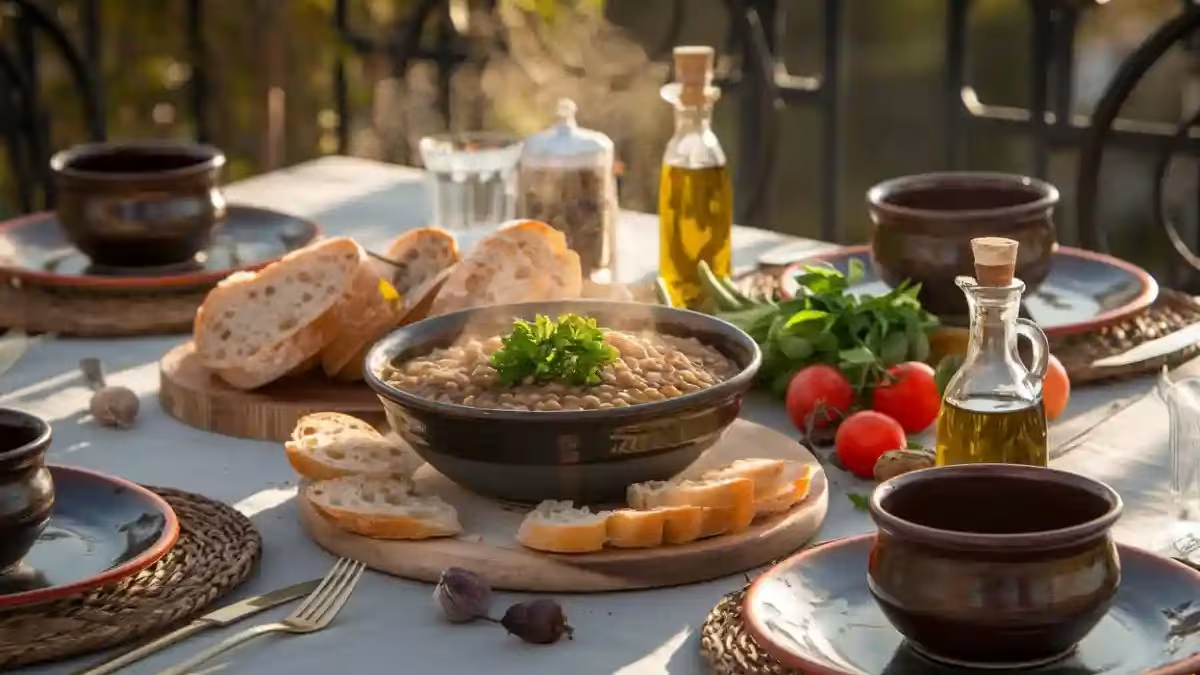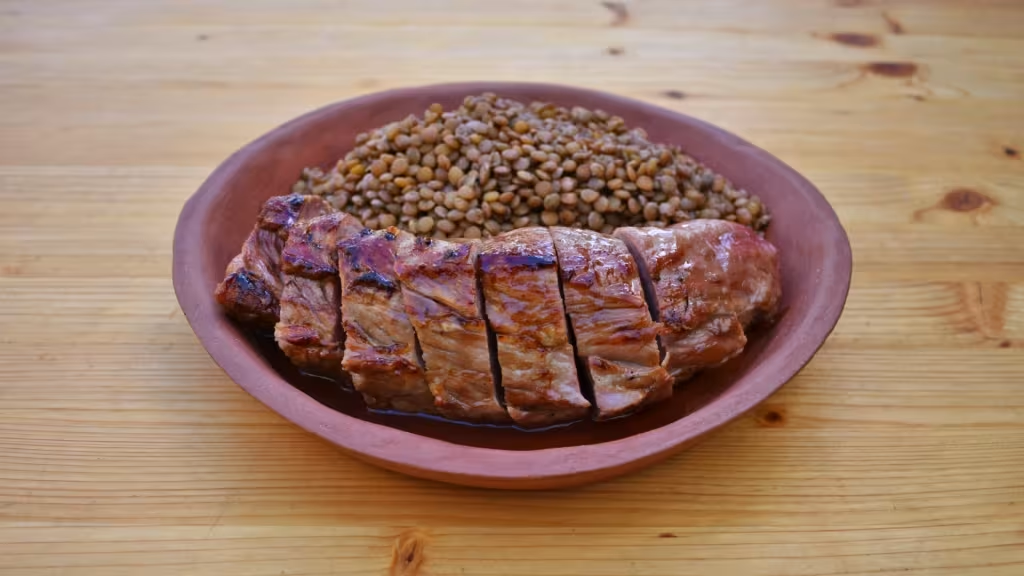
Discover the Rich Flavors: Authentic Recipes from the Byzantine Empire
Written by Jessica Lopez
Published at 25-04-2022
Edited on 02/12/2025 | 11:09 AM
Mediterranean RecipesCourse: Main Course
Cuisine: Byzantine
Difficulty: Moderate
Servings
8-10 portions
Prep Time
30 minutes
Cooking Time
45 minutes
Total Time
1 hour 15 minutes
Fat
22g
Protein
30g
Carbs
40g
Calories
550 kcal
Step back in time and explore the culinary treasures of the Byzantine Empire, a civilization that flourished from 330 AD to 1453 AD. Known for its rich history, art, and culture, the Byzantine Empire also boasted a vibrant and diverse gastronomic heritage. With influences from Mediterranean, Middle Eastern, and even Asian cuisines, Byzantine recipes are a true reflection of the empire’s extensive trade routes and cultural exchanges. Incorporating spices like cinnamon, cloves, and nutmeg, as well as ingredients such as honey, nuts, and fresh herbs, Byzantine cooking was both luxurious and accessible.
From savory stews to fragrant pastries, the flavors of this era are sure to tantalize your taste buds. Each dish tells a story, showcasing the empire's ability to blend flavors and traditions, making it an exciting culinary adventure for home cooks and food enthusiasts alike. Whether you’re planning a themed dinner party, looking to impress your guests, or simply curious about ancient cuisines, recipes from the Byzantine Empire offer a myriad of options that will transport you to a time of opulence and flavor. Join me as we dive into the past, unraveling the secrets of Byzantine cooking with easy-to-follow recipes that you can recreate in your own kitchen.
Let's embark on this delicious journey and rediscover the tastes of history, starting with a classic dish that embodies the essence of Byzantine flavors!.


